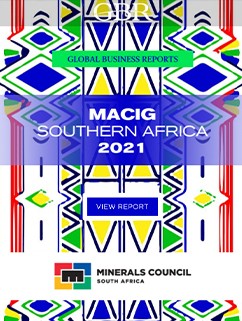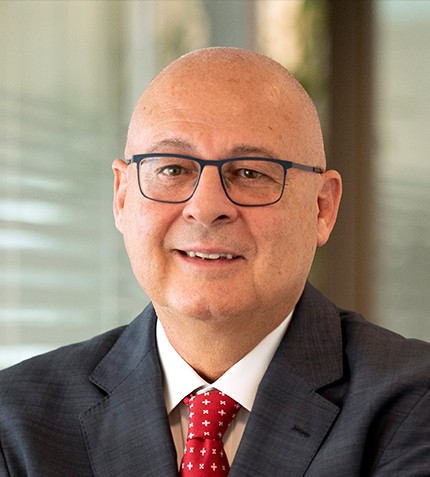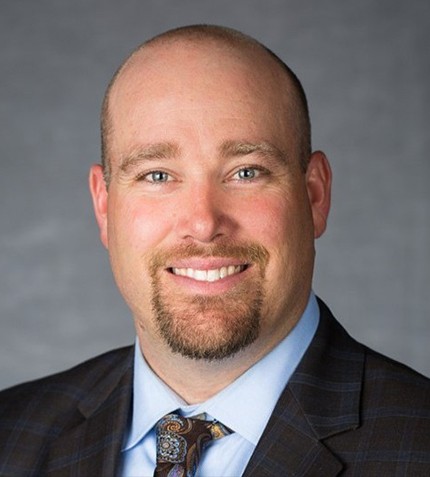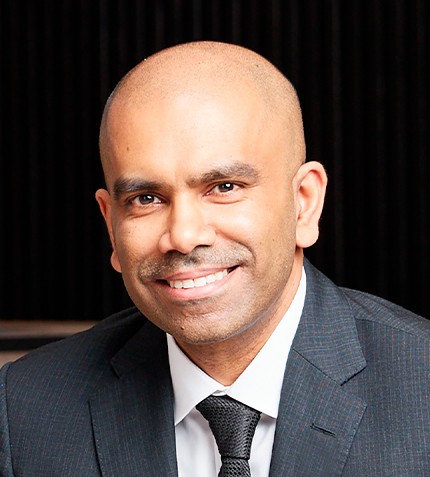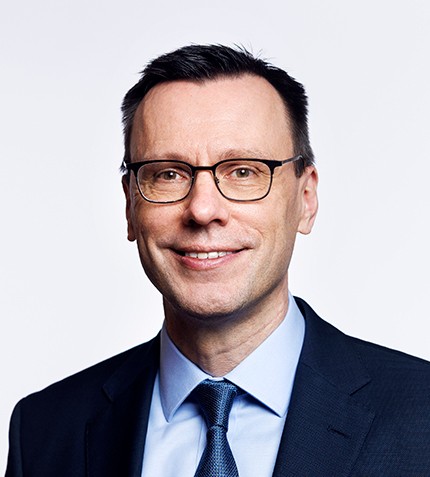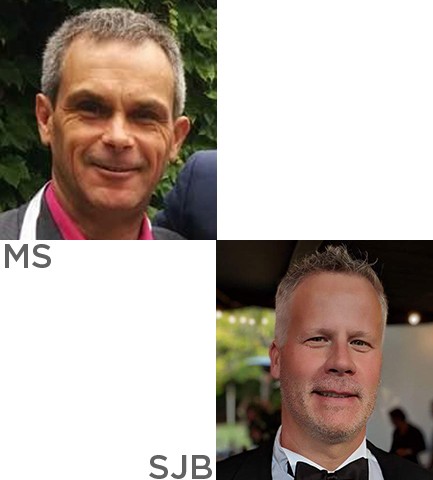
"White Metal considers itself as a project generator. We continuously look for new opportunities where we can advance projects to increase their value."
RELATED PUBLICATION
Michael Stares & Scott Jobin-Bevans
PRESIDENT AND CEO & VICE PRESIDENT EXPLORATION, WHITE METAL RESOURCES
Can you give an overview of White Metal and the company’s history in the Southern African region?
MS: White Metal grew out of the old mining company Trillium Resources. Over the years, we made strategic acquisitions to build out our portfolio, including our Namibian copper assets and our Tower Stock flagship gold project near Thunder Bay, Ontario.
SJB: White Metal considers itself as a project generator. We continuously look for new opportunities where we can advance projects to increase their value. We will then enter joint ventures or option the projects to other parties to retain an interest or royalty.
Can you elaborate on the Tower Stock gold asset’s reserves and the timeline for the drilling program?
MS: Historical work and drilling from previous companies identified two prospective areas on the Tower Stock property, the U-V Zone and the Bench Zone. We looked at all the historical data available and constructed various drill programs to progress the project. We completed a drilling program in the winter of 2021, which successfully confirmed some of the historical grades and defined new areas for follow-up drilling, such as the Ellen Zone. The new high-grade Ellen Zone is located between the two main gold zones and reported 1.7 g/t Au over 82.50 m and 3.0 g/t Au over 45 m. Our drilling program also extended the known gold mineralization at the U-V Zone by 50 m to the southwest and the historical Bench Zone by a minimum of 75 m to the south. We believe that the project has potential for low-grade open pit mining and high-grade underground mining.
Our DASVISION IP survey outlined numerous new targets for follow-up prospecting and drilling. We will also have to conduct additional drilling at the highly prospective H Zone to test the new interpretation that this zone dips to the southeast at 50 - 60 degrees. If this is the case, it means that a significant amount of mineralization that has been drilled in the past is still open. In July 2021, follow up drilling commenced to hopefully connect the Ellen Zone to the Bench Zone and prove continuous mineralization. We will also test the downdip extensions of the known mineralization at the Bench Zone to see if an extension is possible.
What makes the Taranis Okohongo project attractive?
MS: Situated within the Kaoko Belt and hosted by metasedimentary strata, the deposit is considered analogous with the stratiform sediment-hosted on the Central African Copperbelt, the largest and most prolific mineralized sediment-hosted copper province known on earth. The Okohongo deposit contains historical Inferred mineral resources reported as 10.2 million tonnes grading 1.12% Cu and 17.75 g/t Ag, using a 0.3% Cu cut-off. Our exploration program delivered encouraging results. Further studies and drilling will be conducted to test the Mystery Trench area, the Epunguwe target area and other historical copper occurrences north and south of the Okohongo Cu-Ag deposit. We see great potential to grow the resources to three times its current size.
The project is located near local villages, and we continue to develop good relationships with local communities and landowners. From the capital city of Windhoek, the property is accessed by a paved two-lane highway, and well-maintained gravel roads lead south along the eastern and western boundaries of the property. There is limited access to power which is still a significant challenge.
How would you describe Namibia as a mining destination, and what opportunities and challenges are there in the country?
MS: Namibia has been underexplored in the past and still holds significant opportunities. The country ranks as one of the best mining jurisdictions in Africa, with a stable multi-party democracy. The Namibian constitution and its political leaders promote and encourage foreign investment. The country has a well-established mining act and an independent legal system.
How is White Metal perceived by investors, and what is the current appetite for investment?
MS: We are currently in one of the better mining cycles, and with the increase in commodity prices, investment interest in the mining sector has also increased.
SJB: Currently, it is almost impossible to find qualified geologists, technicians, and personnel for exploration projects. This shows that there is significant exploration underway.




